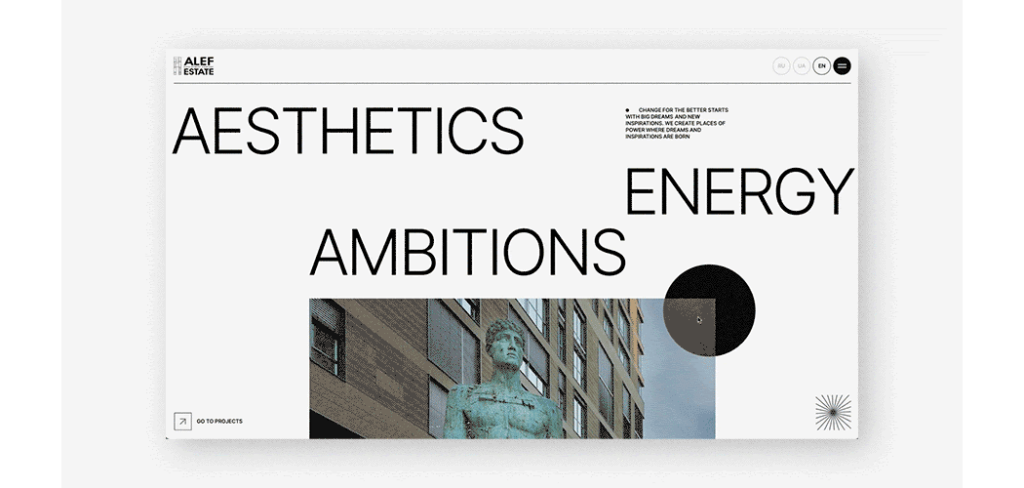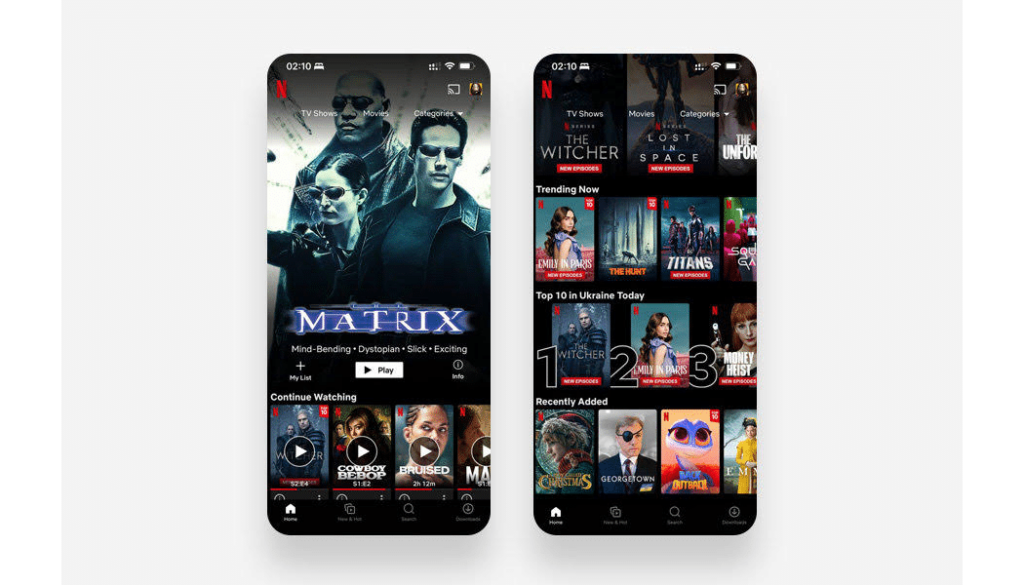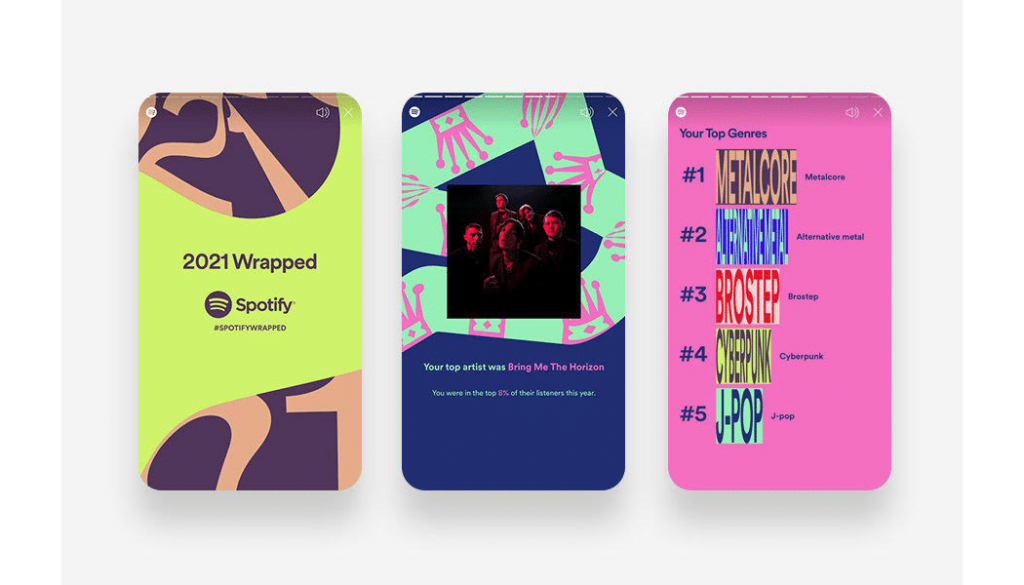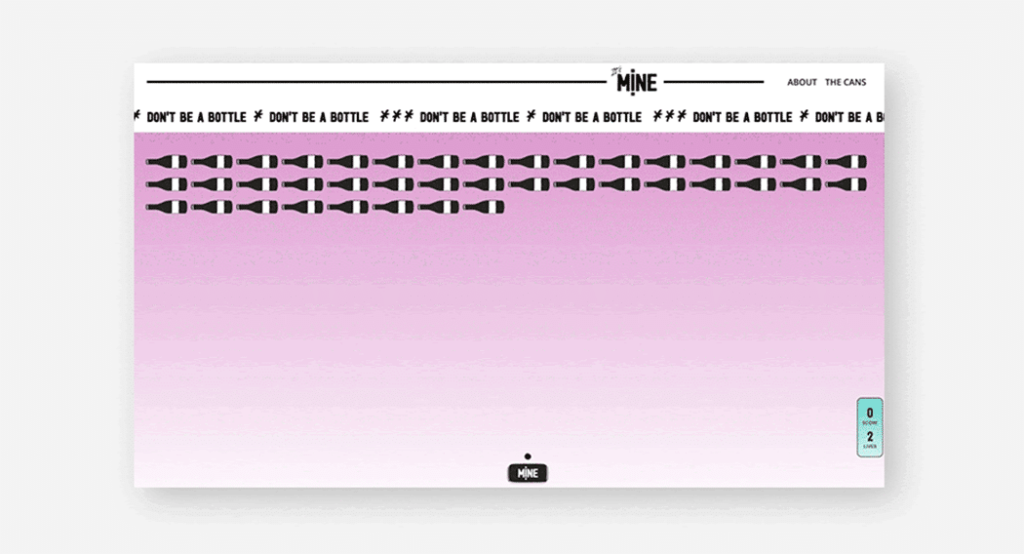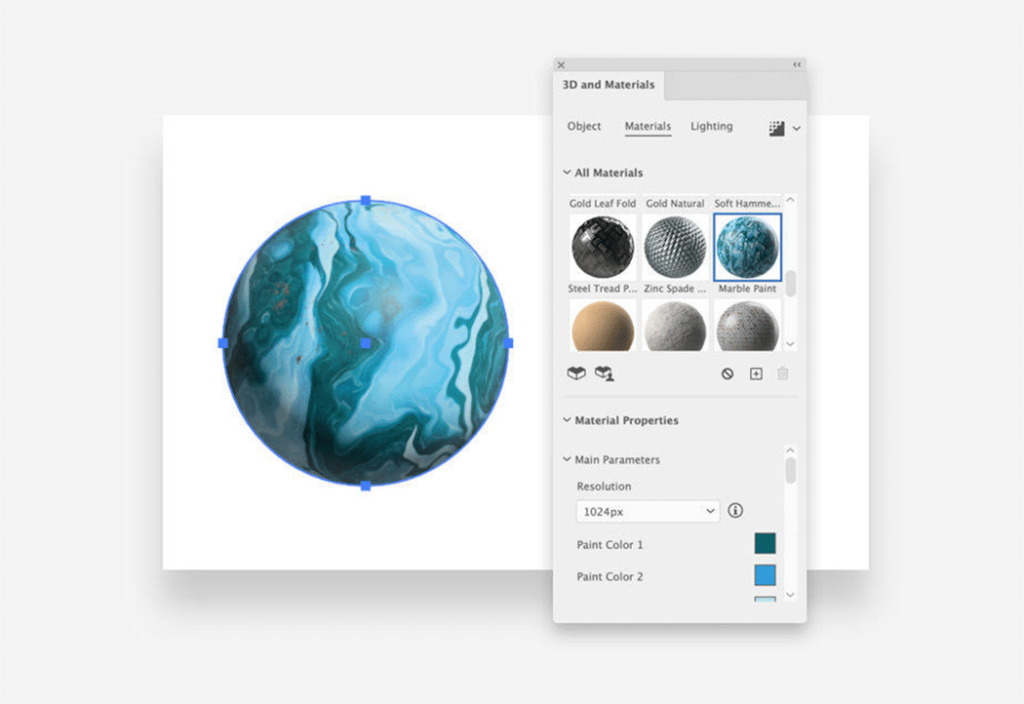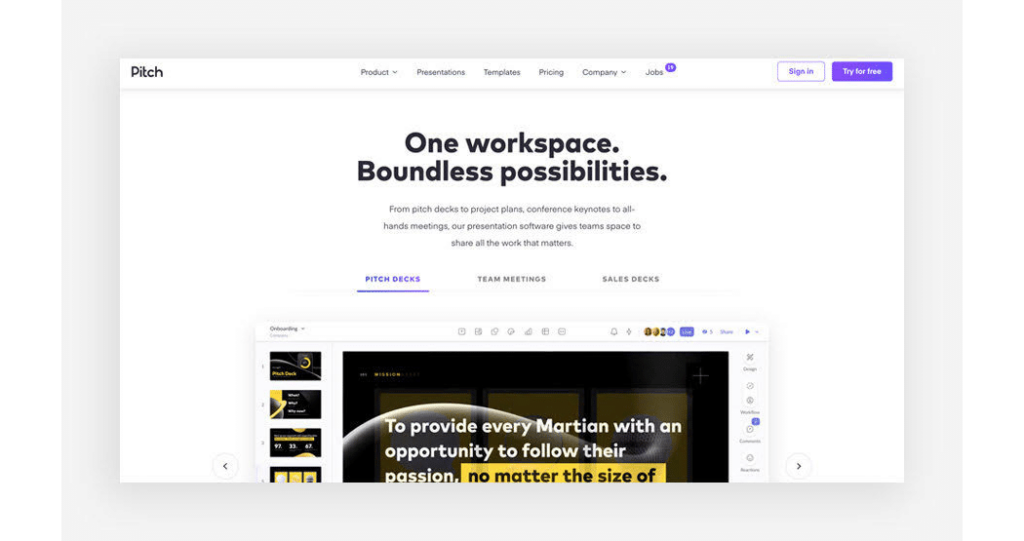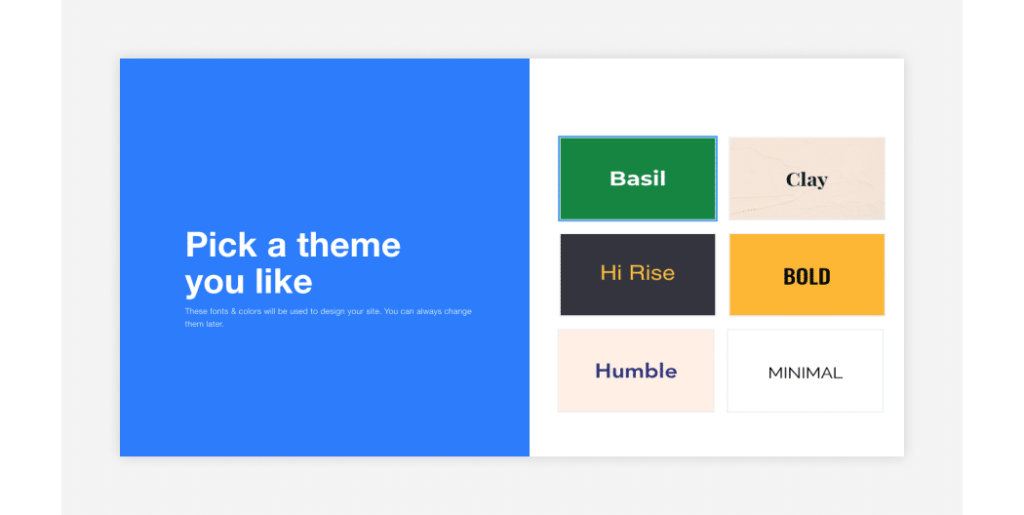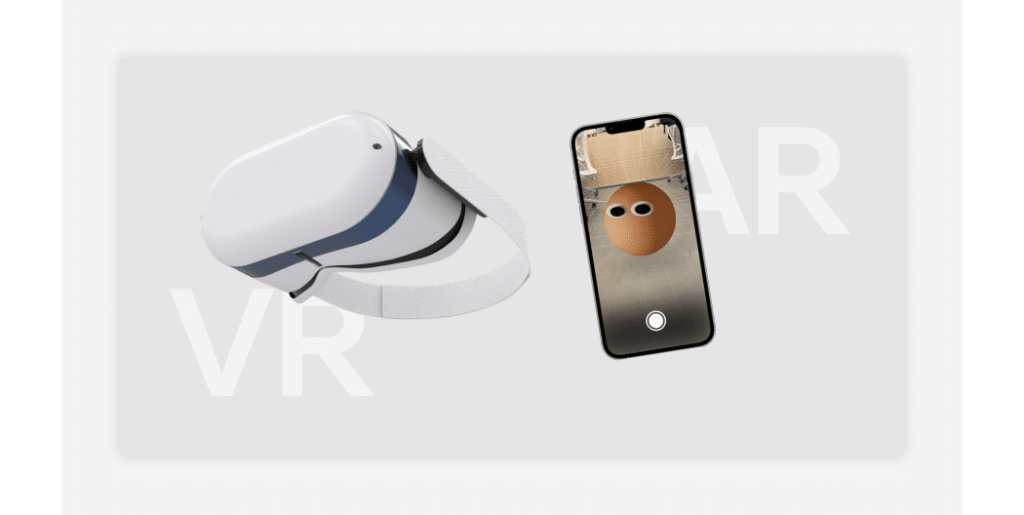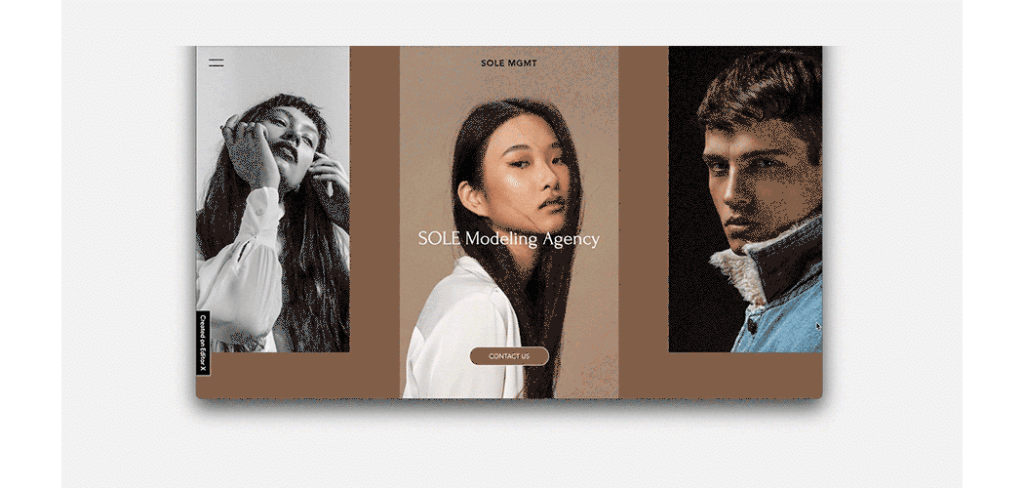
Exploring the Boundaries Emerging
Design Trends in UX for 2024
Innovations in user experience: UX Design Trends
Welcome to the most exciting countdown you’ll see this year! Get ready to dive into the future of user experience design as we unveil the top 10 UX Design trends that will dominate 2024.In this ever-evolving arena, UX design trends has become a dynamic blend of captivating aesthetics and fulfilling user needs.
As we witness the rapid evolution of this field, it’s evident that the possibilities are endless and it’s time to buckle up for an exhilarating ride.Are you ready to discover what the future holds? Let’s jump right in and explore the next big thing in UX design!
1. Interacting with the cursor in an advanced way
This year, the importance of the cursor in web design has increased in significance, as UX trends are beginning to view the cursor as an important design element in the user experience.Cursors are essential tools that enable visitors to navigate and take action on a site, bridging the space between users and the user interface.
In recent years, UX design has benefited greatly from programs such as Figma , which have enabled the evolution of cursors.UX designers have adjusted the shape, size, and motion of cursors, as well as implemented their use for action commands that were once only available through UI elements.
Finally, these modifications to the cursor make the website more interactive and enjoyable for visitors. According to Reza, our lead UI/UX design team manager, “The cursor has taken the place of many buttons and commands, creating a more intuitive experience. This is an example of neat and savvy design.”An example of a website showcasing UX design trends are cursor interactions.
02. Experiences tailored to individuals.
Netflix offering tailored show suggestions, Instagram with shopping ideas tailored to the user, and Shopify providing pre-made playlists are all testaments that we are living in a hyper-personalized era. As Reza likes to put it, “Companies are making a concerted effort to build a comprehensive user experience that is tailored to the individual’s needs and communicates with them on a more personal level, whilst creating an emotional connection.”
Companies, particularly in eCommerce and with online websites, gain advantages from personalization as it utilizes data to target potential customers. Consumers also benefit from it, as it provides a more efficient online experience by giving us the information, we need without requiring us to request it.
As our team notes, however, UX designers must go further and concentrate on the user. “The aim is no longer just to enhance customer satisfaction,” explained Reza. “It’s to curate a substantial experience.”Since technology is advancing, the UX sector has to set stricter parameters and ethical approaches in order to generate an overall experience for users. The user interface of Netflix is tailored for each individual, as seen in the example of this UX trend:
03. Visualizing data
This section focuses on the process of presenting data in a graphical format. The art of data visualization involves creating a visual representation of data that can be used to build a narrative.This practice has become a vital and expected component of user experience, as it can make interacting with products easier and build trust between users and the product.
Our web development team expressed that data analysis and comprehension was once used exclusively by experts, yet is now a common feature of most applications, programs, and brands in their relationship with their users.To illustrate, the capacity to look at usage data on our cell phones gives us a higher degree of responsibility when it comes to our device use.
Additionally, there are now apps crafted to monitor and display useful data, such as https://www.lumen.me/, which provides users in-depth understanding of their metabolism and energy.Reza pointed out the change from data being presented generically through pie charts and graphs to it needing to be engaging and creative for the user.
He then used Spotify’s in-app experience, Only You, as an example of how the data can be presented in a visually-appealing and personalized way. Companies will be seeking out data visualizing apps that can enhance the consumer experience and make a meaningful difference in people’s lives. There will be a heightened focus on creating an aesthetic that is stylish and appealing to users.
An example of data visualization from Spotify is their user-friendly, modern interface. Every year, the company provides a summary of their users’ data which is presented in a creative and enjoyable format.
04. Appearances in the dark
Dark mode UI design trends benefits and best practices is an increasingly popular feature in many applications today. It offers a unique way of viewing content, which can be more comfortable to look at in certain lighting settings. This type of display style also helps to conserve battery life on devices.
In a nutshell, dark mode is the name given to interfaces whose main colors are composed of black and other dark tones–inverting the color scheme so that the details stand out in light colors.According to Reza, this is an effort to reduce stress for people who spend a lot of time in front of screens. This concept is not new–just look at Apple, YouTube and Google–but it is becoming increasingly popular in UX.
Designers have a fondness for dark mode due to its pleasing look. Reza stated that “dark mode has an attractive, minimalistic visual tone”.As dark mode becomes more ubiquitous, we observe apps, websites, and products adopting it, and design programs providing the capability to do so.For instance, Velo by Wix lets any user switch their site to dark mode without having to write complicated code.A recent craze in UX design is the implementation of “dark mode” for website desktop views, demonstrated here in the image above.
05. Small-scale Interactions
Micro-interactions can be described as small-scale interactions that take place between a user and a product or service.These interactions can be used to improve the user experience in a number of ways, such as providing feedback to the user or helping the user to complete a task.
The user experience can be greatly enhanced through the use of micro-interactions such as the “like” button on Facebook, scroll bars, swiping, hovering, animations and data input.These small visual movements have a large impact on UX design, making it more engaging, interesting and enjoyable.
In Reza’s words, “some time ago, ‘micro-interaction’ was a popular topic of conversation”. People talked about the advantages of providing user feedback and shifting the design from being static to dynamic. This trend was started by Google, who made buttons expand when a user clicked on them.It is predicted that by 2024, micro-interactions will be a commonplace element in UX design for both mobile and desktop platforms.
According to Reza, this is a necessary feature, as a static interface gives off an antiquated impression.As an example, in the Wix Editor, users receive feedback from icons in the form of small animations and color changes, creating the feeling that the items on the website are communicating with them as they assemble the page.
The website for Its Mine provides an example of how to incorporate micro interactions into the design of a website.
06. 3D Configurations
Creating three-dimensional models is an art form that allows individuals to express their creativity. It has become popular over the years, with many using computer programs to create their designs.These designs can be used for a variety of purposes, from visualizing products to creating intricate works of art. The possibilities with 3D designs are virtually endless.
It is not a novel concept, but in 2024 the trend of UX design is likely to experience a resurgence and development.It is foreseen that more design utilities will be available for designers, both experienced and inexperience, to make 3D design simpler.
Reza highlighted the innovation of the latest 3D tools. “We are seeing 3D design content in many different forms, both in web design and app development,” they said. “Previously, people had to use cumbersome software, but now there are UX design tools that can produce 3D designs quickly, such as the ones presented by Adobe Illustrator.”An illustration of Adobe Illustrator’s 3D capabilities is provided in the form of a tool that creates 3D spheres with marble designs.
07. Spruced up user interfaces–with an unexpected surprise.
The practice of having uncluttered user interfaces is a cornerstone of user experience design. However, with the emergence of Gen Z, it could be advantageous to add a bit of creative flair.According to Reza, “Recently, the fashion in programming has been to build clean, flat designs. We will now see this trend being supplemented with small, eye-catching components.”
Reza pointed out that the Pitch interface is primarily black and white with flat icons, yet it incorporates a surprisingly sophisticated gradient.This minor alteration to the initial minimalistic design has had a positive impact. It shows how even unexpected visuals and behaviors can successfully attract a user’s attention.
The user interface of Pitch is characterized by a clear and simple design language, with the only exception being a subtle gradient in the CTA.
08. Content Powered by AI
UX designers are now taking on AI tools as a part of their creative process. These machine-learning algorithms are used to customize the experience to fit the individual needs and preferences of every user.AI-driven tools can also make the user experience more streamlined and efficient. See an example here.
In 2024, AI content will be able to facilitate research for UX designers by taking care of duties such as content curation and providing recommendations.It will be able to provide personalized and pertinent material, which is key in this digital environment where there is a lot of competition for the attention of users. This will be essential for increasing user engagement and retention.
Those with no design expertise can take advantage of user-friendly, AI-enabled tools. For instance, Wix ADI enable users to provide the technology with the specifics of their website and it will build a tailored, professional website that meets their requirements.The Wix Adi dashboard utilizes AI technology to query users on their preferences.
09. A digital universe
The metaverse is a concept of a digital universe that is made up of various virtual realities. It can be an online space where users can interact with one another and explore different realms.This concept has been popularized in the media and is used to describe a virtual world where people can virtually exist.
UX design has recently become very focused on the metaverse, a digital environment that facilitates real-time interaction. An up-and-coming trend in metaverse UX is the melding of the virtual and physical world.This can be accomplished by the utilization of augmented and virtual reality, providing users the capacity to dive into the metaverse and interact with virtual characters and items as though they were tangible.
A notable development is the ability to individualize the metaverse experience, where people can adjust their avatars and the places they inhabit.This provides users with new opportunities to express themselves and showcase their identity and character.A picture of a VR headset and an iPhone set against a white background can be seen:
10. Mobile responsive design
Responsive design is a concept that ensures websites are able to be viewed easily on different devices, no matter the size of the screen.By adjusting the layout, images, and other content according to the device it is being viewed on, a website can be made to look and feel great on any device.
Every 12 months, new display sizes are developed, and thus, UX designers must modify their designs to fit these gadgets – be it one of the recent iPhone models, a smart TV or a laptop. This is where responsive design is necessary.Responsive design is the practice of setting up a flexible user interface that can adjust to any browser window or screen, guaranteeing consistency across various devices.
Reza noted that responsive design has been a part of our lives for a while, but it needs to be improved. Taking into account screen size is essential when crafting either responsive designs with programs like Editor X or constructing layouts that are both intelligent and uncomplicated enough to perform optimally in any situation.
It is necessary to contemplate the benefits and drawbacks of responsive versus adaptive design. A website which shifts from desktop to mobile versions is an example of the UX trend of responsive design, as shown in the gif below.
The world of technology is ever-evolving, and computer hardware is no exception. Hardware is constantly being upgraded and improved upon to enhance its performance capability.This means that computer systems are becoming more powerful with each passing year. This trend in computing power allows for the development of more complex software and applications, as well as the ability to handle more data and processes.As a result, users are able to enjoy better experiences when using their computers.
In Conclusion
In conclusion, the field of user experience (UX) design is constantly changing and adapting to meet the needs and preferences of users.As we look ahead to 2024, it is evident that UX design is shifting its focus from metrics to the individual user, aiming to create a harmonious blend of user satisfaction and aesthetic appeal.
By embracing these trends and working with our skilled UX UI team, we can transform your website into a modern and user-friendly platform that meets the expectations of your target audience.
